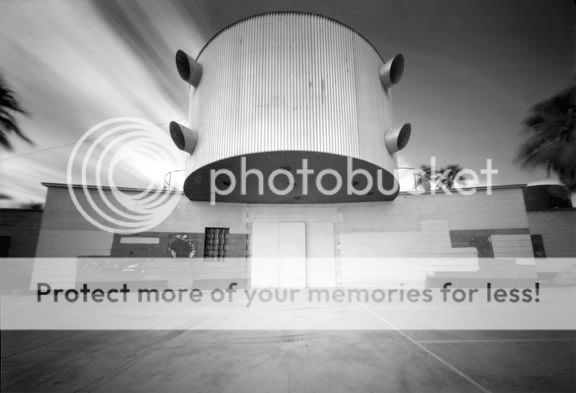TwoRails
No longer a newbie, moving up!
- Joined
- Nov 9, 2008
- Messages
- 1,149
- Reaction score
- 1
- Location
- The Great Northwest
- Can others edit my Photos
- Photos OK to edit
Just curious... but what's the connection to pin hole camera's and / or long exposures?I got a few photos from Bristol the other day (about 150 miles from me)
Click on the album - Bristol Winter 2008 My Photos

 ) I didn't realize there is so much interest in this. Thank you all for this great thread and links.
) I didn't realize there is so much interest in this. Thank you all for this great thread and links.


![[No title]](/data/xfmg/thumbnail/42/42034-6262420ff3ea238f05395bbcc7ae1f28.jpg?1734176420)
![[No title]](/data/xfmg/thumbnail/42/42269-bc38cb35884d46241dcf3623b338b43b.jpg?1734176665)
![[No title]](/data/xfmg/thumbnail/42/42273-78c0ae886bd5e6d47580353f398c92b9.jpg?1734176676)






